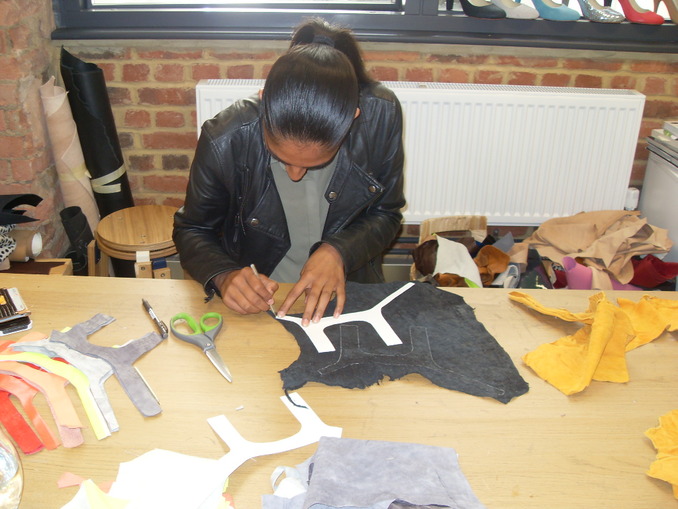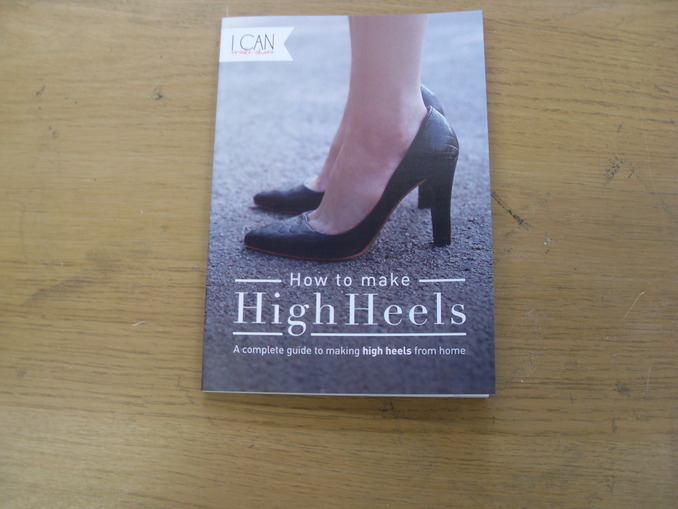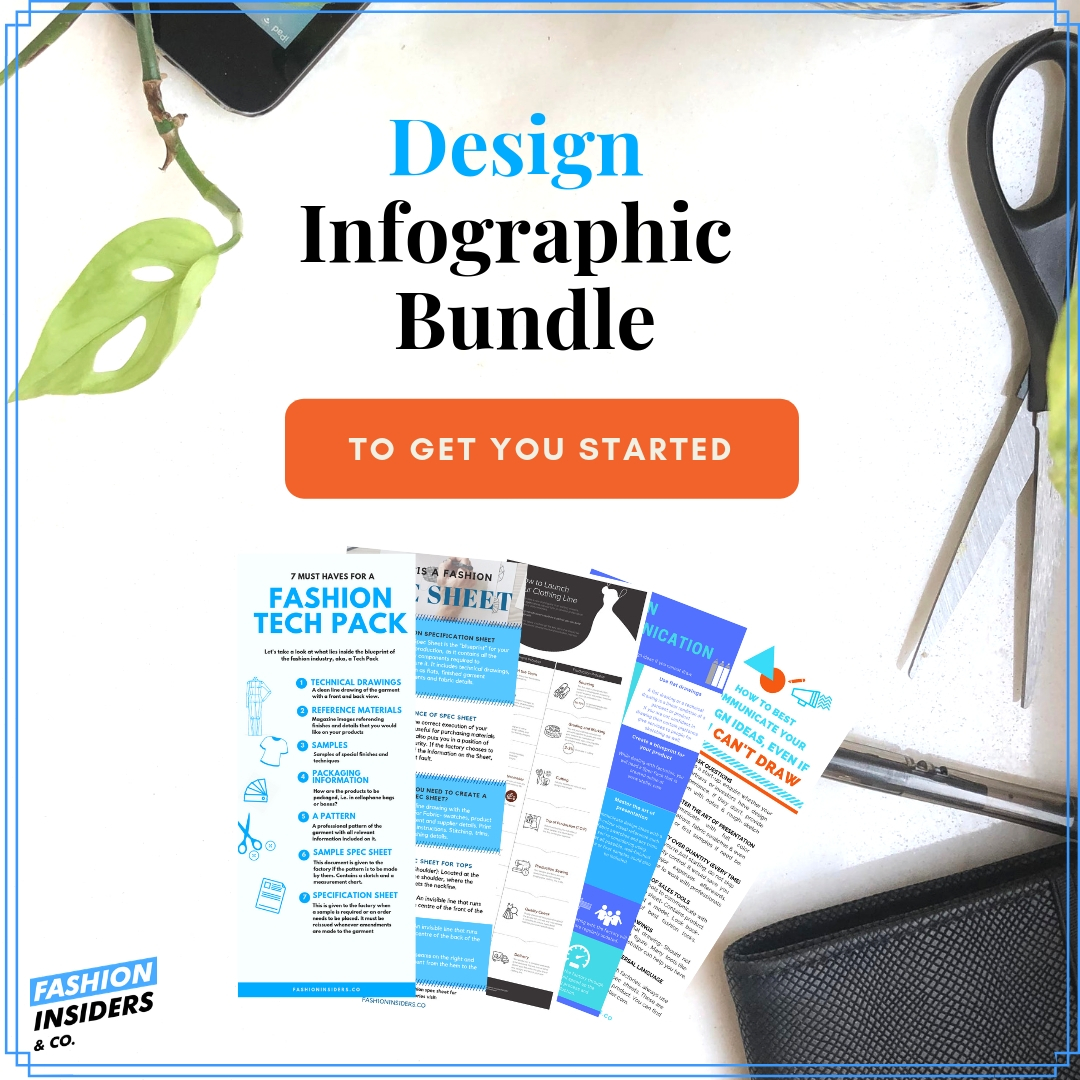Amanda Overs is the founder of the innovative handmade footwear business, I Can Make Shoes. Over the past five years, people from any background have been able to join a class to make a pair of shoes from scratch that they can keep.
It’s a fantastic idea – and service – that not only satisfies the needs of those starting a fashion business, but it also allows people outside of the fashion industry to learn a valuable and enjoyable craft. After studying footwear design in her native Australia, Amanda realised that without access to the heavy machinery that she’d learned to make shoes on, making footwear would prove difficult.
So she started making them by hand, and when she’d mastered that she held classes at home. From there the business grew and grew until she had an online shop, a studio space, a team of skilled staff, and participants from across the globe. Amanda’s journey has shown that if you do what you want to do, and follow your gut instincts about your start-up business – rather than be led by what you think a business needs – you can be successful.
We met Amanda from I Can Make Shoes at her studio space to out more about how she grew the business and what her future plans are.

How did you come up with the idea of shoe-making classes?
I studied footwear in Australia the traditional way, which is with heavy-duty machinery. I ran into a problem when I finished studying which was that I didn’t have access to the machines anymore, so I had to quickly learn to make them by hand.
Eventually, I found the right formula and the right materials to get a sturdy pair of shoes with a professional finish, without the use of machinery. When I got that right I wanted to put the instructions together into a book. Friends said I should run a course. So I did a couple of courses, started a Twitter account (@ICANmakeshoes) and started taking bookings.
Then the courses just took over, I was running them from my house – it was crazy. The place where I lived, in Dalston, had an open plan and a workspace downstairs. A couple of other people shared the workspace, which is how my boyfriend and I paid our rent. When people weren’t using it on weekends, I would run the courses – I was so lucky to even be living in a place like that.
Tell us how you started to grow the business
It’s all been a natural progression – I’ve taken everything slow – some might say that I haven’t taken it slow though. I have never had any investment and I had no money to begin with. I had minus no money when I started this business. I was scrounging for pennies to buy noodles for dinner.
When I look back it was better that way, because if someone had given me say, £10K and told me to go and start my business, I would’ve blown it and spent it on completely the wrong things. I would’ve said: “Right, I need a studio straight away, and a full-time employee, and a really expensive website!”
Studio space is one of my biggest expenses, and in the beginning, I wasn’t running enough courses to warrant needing a studio, so that would’ve been a drain on the business.
All of the classes are booked and ebooks are purchased online, how did you set up the website?
The web design agency that I work with has been amazing. I told them at the start that I didn’t have much money, so they built a website so that we can add to it as the business developed, rather than building a whole new website every time.
Initially, the website was a page with a picture and some basic info, then after a while, we added a PayPal button, then a courses page, then a press page, and now it’s grown into a full website with an integrated booking system, calendar, and online shop.
Without the website, there is no business as that is how we take all of our money. It is how people make bookings, and how people find us on Google. Without having a physical shop, the website is our shop front and it legitimises the business.
A lot of people who study architecture go into designing footwear – I think it’s something about structure.
Tell us about your team
There’s Toni, Elizabeth, and Kiren. Elizabeth started as an intern five years ago, and her internship turned into full-time work very quickly. She studied at Cordwainers at London College of Fashion, and contacted me about six months after she graduated. She’s just moved to New York and is heading up I Can Make Shoes New York, which we started four months ago. It’s going great.
Toni was a chef before she studied patternmaking and dressmaking. We met when she was looking for a more creative job, and I asked if she had ever tried shoemaking and the rest is history! She’s been with us for almost two years and is one of our best teachers.
Kiren started by doing our shoe design course last August. She studied architecture and went into her first job at an interior design company, but she hated the office job and wanted to work with shoes. A lot of people who study architecture go into designing footwear – I think it’s something about structure.
Do you think that working with your hands makes you happier?
Yes, definitely. It’s a form of therapy, absolutely. I used to work in marketing for a real estate agency and I had the same vibe as Toni and Kiren – I wanted to be making things. Sometimes I go back to Australia for two months over the summer and I get to the point where I need to do something and get some scissors in my hands.
What do your family and friends think about what you do?
All of my family are in Australia, so I think that if you’re not there to see it, it doesn’t seem as real. But over the past few years, as the books have come out and the website has developed, and they’ve watched the videos and seen the press, they know it’s real now.
Why do people come to your classes?
We get people coming to us from all over the world, 90% of our students come from outside of London. The thing that sets I Can Make Shoes apart from other shoe-making courses is that we are designed for beginners. We don’t use any heavy machinery, so it makes it more accessible to people.
It is for people who just want to give it a go, or make samples, or make a pair of shoes for fun. It is great to do the course to see if it is something that you want to study further, before committing to a course for a year to get a diploma.
What if someone doesn’t have a design idea?
That’s fine, we design together in the class.
Do you have footwear designers joining your class to make shoes for their next collection?
Absolutely, we get that all the time. We also get students coming in to make shoes for their final collection.
We recently had a student from India who started her own fashion business with a collection that she made with us. She emailed us last week to say that she’d launched, she’s got a website and produced seven pairs of sandals at a factory in India, and did a big trade show. She has her second collection in production now. She’s doing really, really well.
She did our ten-day course, which is our most intensive course: you design and make a full collection, which is between four and eight pairs of shoes. This depends on how complicated the designs are, how quick the student is, and whether the student wants to do homework. We usually design eight pairs of shoes and then make the ‘priority’ four pairs, and fit in the other pairs if we have time.
In the intensive course, we document everything and provide a portfolio at the end. Some people use that to apply for jobs within the footwear industry. Some people take the course to apply for a University placement or to make their first collection and have them photographed for their website, to get the ball rolling.
Who has been the most interesting student you’ve had?
We’ve had so many people that have come in with massive dreams, so it’s hard to pick. One lady who took the class went to a part of Africa, and taught the skills to women in the community. They then made shoes and she provided them with jobs. It was an amazing project that she worked on.
How did you educate yourself about building a business?
I learned as I had to, because money starts coming in but it goes out faster – as with all small businesses. The first three years were hard, every cent you make goes out double.
When I started I didn’t have a business plan though, I didn’t know what a Limited Company was, or what VAT was: these are things you have to learn. You have to educate yourself as you go along, there’s no choice.
With the finance part, did you head straight to Excel or did you go to someone for help?
A bit of both! I’ve had to learn, and I now work with my accountant – he’s taught me so much. Initially, I did a couple of sums on my own and figured out the basics, then I met with a small business advisor who helped a little bit.
Meeting with business advisors can really help sometimes, but sometimes they just bombard you with information and it can be really daunting. I started small with a six-month plan, and at the end of that six-month period, I reviewed how everything went and did another six-month plan. For me, the idea of doing a three-year business plan was too much. I couldn’t deal with all that information.
I try not to think too much about things like that though, because if I overthink things then I just stop doing the actual work that needs to get done. It’s an ongoing lesson. We’ve gone Limited now, and we’ve got to be VAT registered, so that’s the new thing I’m learning about.
So, what is the plan for the next three years?
We’re going to have a much more vast selection of ebooks, we are currently editing and adding to the collection. We’re going to include ‘how-to guides’ on making desert boots, espadrilles, men’s shoes, peep toes and Mary Janes.
How do you make the classes so enjoyable?
It’s really important to me that we have an amazing selection of high-quality leather for people to use in the classes. When I first started learning how to make shoes, you would get told that you were making a brown mule, and you wouldn’t even make it in your size.
So, I want people to inject some personality into what they’re doing, they might only make shoes once in their life and they should be able to make something really cool. It’s also harder for me to teach someone if the materials that we are working with are poor quality.
I took apart many pairs of designer shoes when I started making shoes by hand, so I could see what insoles they used, and what makes a pair of Christian Louboutin’s better than a pair of Primark shoes.
Obviously, there’s a huge difference – it’s the materials that they use. So, the insole boards and heels that we use in our classes are exactly the same as the ones that are used in all designer shoes.

For me writing a six-month plan was much more helpful than writing a six-year business plan.
You also hold courses to make handbags, how are they going?
We started I Can Make Bags about a year ago, but I didn’t have a huge amount of time to put into it. So we started running I Can Make Bags through I Can Make Shoes, rather than having that as a whole separate business, and that’s actually gone much better. It’s a one-day course and costs £195, you can make one of two leather backpacks, or a leather handbag or tote – and all the materials are included as with all of our courses.
What’s the best advice you’ve been given so far?
To just enjoy everything..
Is there any advice that you have rejected?
Yes, probably that you must have a six-year business plan and it has to be structured. You spend all your time writing this business plan – which will change in six months for a small business – when you should be spending those days working. That’s how I feel, for my business and me.
For me writing a six-month plan was much more helpful than writing a six-year business plan. I just don’t think that writing a 13 chapter business plan is relevant unless you’re going for investment, and you need to present something to someone. Maybe if I was in that position I’d change my opinion on that.
Tell us something that has excited you about the fashion footwear business recently
Up until about a year and a half ago, the only shoe making glue on the market was very, very toxic. So toxic that we cannot have a studio space that doesn’t have huge windows that can open. We can’t even have pregnant people come to classes if we’re using that glue.
Then our favourite brand of glue, Renia, brought out a non-toxic glue, which is super exciting. I’ve been making shoes for ten years now, and if you’re using that toxic glue all the time; you will have a little rash on your hands and get dry skin. Plus you’re inhaling it all the time and that is not good for you.
We still use the toxic version occasionally, for example when we’re putting soles on. But we can now take pregnant people in our classes because we have the non-toxic one that we can use instead.
Would you ever consider becoming a footwear designer?
I think that’s what got me into handmade footwear in the first place – because I loved shoes and I wanted to have my own label. But I just sort of fell into I Can Make Shoes. I didn’t learn to make footwear because I wanted to run shoe-making classes – that totally just happened.
I love what I’m doing right now, so I don’t want to stop. But I would never say that I’m never going to have a footwear label – maybe I will do that – but I actually prefer the making side of things to the design side of things, I always have.
Image Credit: I Can Make Shoes



